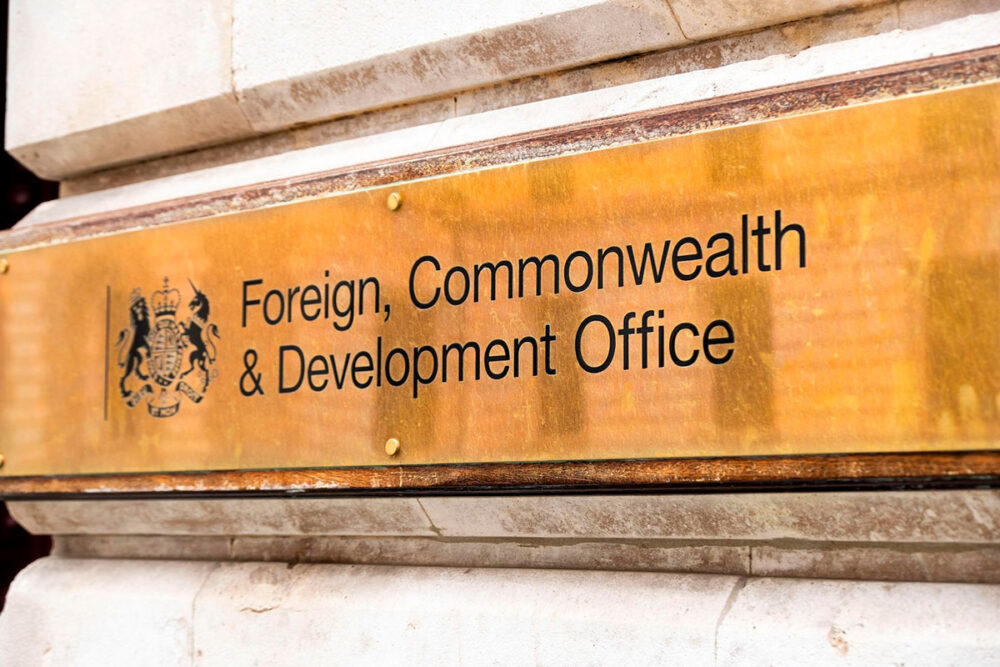Background to the report
The NHS in England has around 1,500 hospitals, where most emergency and elective care is carried out. The hospital estate contains many old buildings and its condition has been deteriorating. In response, in 2020, the government announced the New Hospital Programme (NHP) and committed to build 40 new hospitals by 2030.
Jump to downloadsScope of the report
This report examines whether NHP is being managed in a way that is likely to achieve value for money. To reach our conclusions, we considered the extent to which NHP:
- was designed and set up to manage the programme effectively
- is making progress against its baselines for time, cost and quality
- and is effectively identifying and managing the main risks to successful delivery
Our report is organised in four parts, which cover:
- the need for new hospitals
- progress made by NHP between 2020 and 2023
- issues, risks and opportunities for NHP
- how government reset NHP in May 2023
NHP comprises many local construction schemes. While this report sometimes discusses individual schemes by way of example it does not set out to provide a detailed assessment of each scheme.
Conclusion
DHSC launched NHP at a time when hospital construction was badly needed after years of underinvestment and in the context of a large maintenance backlog.
The programme has innovative plans to standardise hospital construction and, based on experience elsewhere, there is reason to believe that these could deliver efficiencies. However, the October 2020 public commitment to construct a list of specific schemes and the target of building 40 new hospitals by 2030 were announced in the absence of key decisions about NHP’s funding and approach to construction.
Until 2023, DHSC was unable to secure agreement from the Major Projects Review Group about NHP’s approach to building future hospitals and the scale of capital funding it would need for the programme’s crucial last six years, when most new hospitals are to be delivered.
It is unsurprising that when government finally took decisions, it required major changes to NHP’s scope. Some of the changes will solve pressing problems for DHSC and NHS England, such as the inclusion of all seven entirely RAAC hospitals within NHP. But some schemes publicly promised in 2020 now face substantial delays and will not be completed by 2030, inevitably with implications for patients and clinicians.
By March 2023, DHSC had spent around £1.1 billion on NHP and the schemes it oversees. Delivery to date has been slower than expected, both on individual schemes and on NHP’s central activities, in particular developing Hospital 2.0. Government has not achieved good value for money with NHP so far.
The remainder of 2023 will be spent working up a third programme business case. It can improve the chances of NHP delivering better value for money through to 2030, including in the years when its spending will be highest.
By the definition the government used in 2020, it will not now deliver 40 new hospitals by 2030.
Understandably, it continues to want to build as many as possible. However, there could be substantial risks to value for money if this were to lead to hospitals that were too small to meet the needs of the communities they serve or if costs were to be inflated because so many hospitals were being built at once.
Downloads
- Report - Progress with the New Hospital Programme (.pdf — 501 KB)
- Summary - Progress with the New Hospital Programme (.pdf — 135 KB)
- ePub - Progress with the New Hospital Programme (.epub — 2 MB)
Publication details
- ISBN: 978-1-78604-505-8 [Buy a hard copy of this report]
- HC: 1662, 2022-23
Press release
View press release (17 Jul 2023)


